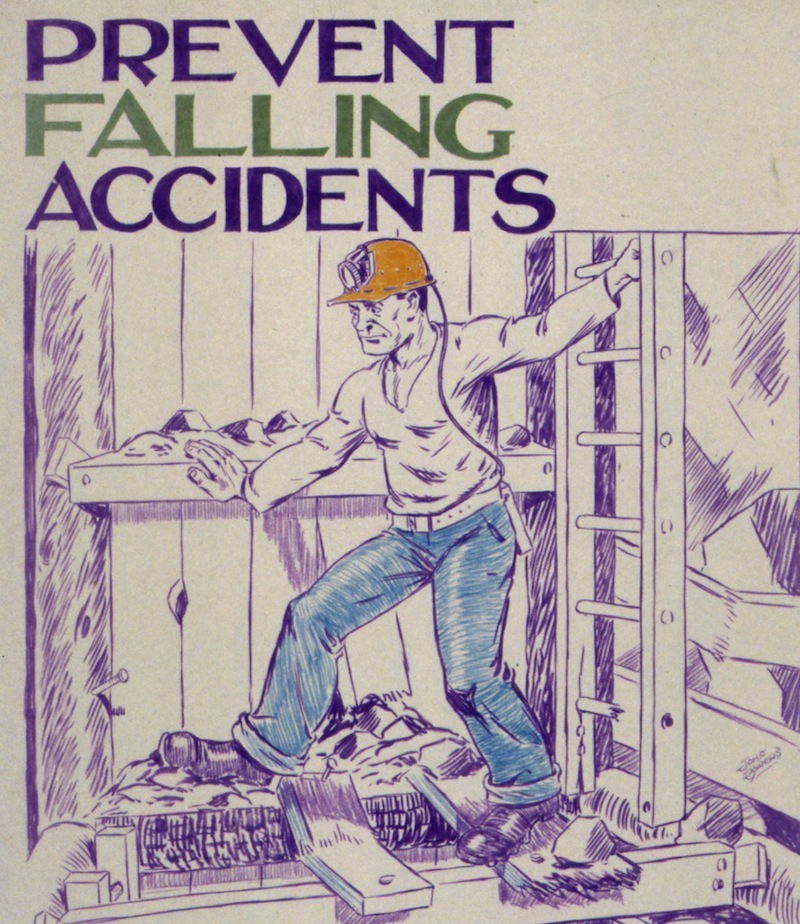Preparing Your Rescue Plan

Developing a rescue plan is one of the most commonly forgotten elements of safety procedures in the workplace. It can be difficult to make a rescue plan because of the different factors that can occur in any work environment. When you need to make a rescue plan for your workplace, there are certain steps that should be taken to thoroughly address what could happen based upon your location. Prior to creating the physical steps involved with performing a workplace rescue, there are four important things that need to be identified: workplace hazards, rescue personnel, rescue equipment, and rescue drill opportunities. Each element of the rescue plan is based upon an analysis of the hazards that are present at a worksite.
Identifying worksite hazards will assist the process of creating a rescue plan that minimizes rescue personnel’s exposure to danger. The hazards at a worksite will vary depending upon the working location and the tasks associated with the location. For example, if someone is welding at height, exposure to arc flash and the height of the working location are two hazards that will need to be considered during rescue planning and execution. The hazards in the workplace will ultimately determine how many people need to be involved with a rescue, what kind of rescue equipment will be needed, and the complexity of the rescue procedure itself.
Once you know the hazards of a worksite, you need to identify who is capable of performing a rescue if it is necessary. Depending upon the complexity of the rescue process, you will need to decide if people in the workplace are capable of performing the rescue or if a professional team will need to be present. For example, an aquatic worksite will require a rescue team with strong swimmers. If there aren’t enough people at the worksite who are strong swimmers, you may need to contact a professional aquatic rescue team. The physical skills and capabilities of employees are just one of the element that helps determine whether a rescue team can be on-site or off-site. Another element that can make this decision easier is identifying the equipment that is needed to perform a safe rescue.
The type of equipment needed for a rescue is mostly based upon the working location and the hazards that are present in that location. When highly specialized equipment is needed in order to perform a rescue, you will probably need to hire a team of professionals. For example, if someone is working on an electrical tower and they need to be rescued from hundreds of feet in the air, only a professional team with specialized equipment will be able to perform a rescue. However, if a person has their fall arrested after working on a flatbed truck, the local fire department does not need to help return that worker to safety.
The final element of rescue planning is determining your opportunities to practice the rescue process. Practice drills help ensure that everyone involved with a rescue is comfortable with their role. Holding a rescue drill is generally easier to organize when there is an on-site rescue team. If the rescue team is off-site, there may need to be more organization involved with the planning. It’s also important to make sure that an off-site rescue team can access the worksite or facility in a prompt manner. If an off-site rescue team takes too long to access the location where a rescue may need to occur, you may want to consider other options. Regardless of where your rescue team is located, running a practice drill is important because it allows everyone to understand the rescue process, and it provides an opportunity for corrections to be made at a non-critical time if there is an issue with the rescue plan.
Once you have identified those four important elements of your workspace, it will be significantly easier to come up with a rescue plan. Rescue planning is absolutely crucial if workers are performing tasks in locations where they could be seriously injured in the event of an emergency. Having a rescue plan can also be the difference between someone being injured (or worse) and someone being able to walk away unharmed from an emergency.
Recent Posts
-
Fire Safety in the Workplace: What You Need to Know
What steps are you taking to prevent fires in your workplace? According to the U.S. Occupational Saf …Aug 23rd 2023 -
Is It Safe to Go Jogging With a Cold Infection?
If you're suffering from a cold infection, you might be wondering whether it's safe to go jogging. T …Aug 22nd 2023 -
5 Safety Tips to Follow When Using a Powder-Actuated Tool
Powder-actuated tools are commonly used to join materials to steel and concrete. Also known as Hilti …Aug 20th 2023



